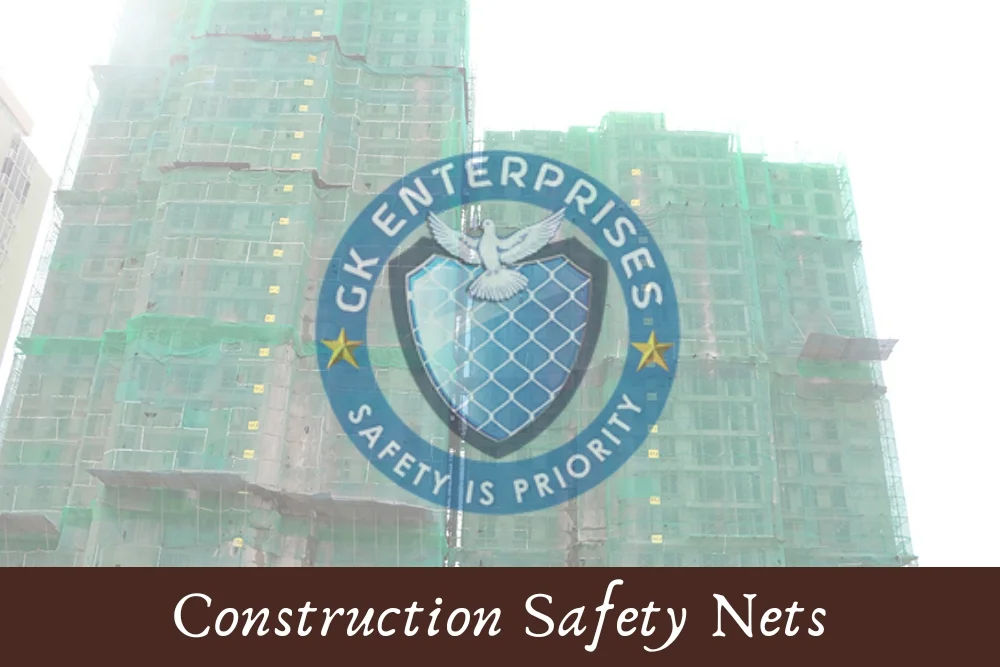Bird Protection Nets: Safeguarding Property
Birds are a common nuisance in many urban areas, causing damage to property and infrastructure through nesting, roosting, and feeding activities. In this blog, we'll explore the importance of bird protection nets and how they help safeguard property from bird-related damage.
One of the primary purposes of bird protection nets is to prevent birds from accessing areas where they can cause damage or pose a nuisance. Whether it's a residential balcony or commercial building, bird protection nets create a physical barrier that deters birds from entering and nesting in unwanted areas. By excluding birds from these spaces, bird protection nets help prevent property damage, contamination, and the spread of diseases associated with bird droppings.
Furthermore, bird protection nets offer humane and eco-friendly solutions for bird control, without causing harm to the birds or disrupting the natural ecosystem. Unlike traditional bird deterrent methods such as traps, poisons, or scare tactics, bird protection nets provide a non-lethal and sustainable means of bird exclusion that is safe for both the environment and other wildlife.
Overall, bird protection nets are an essential tool for property owners, and businesses looking to mitigate the risks and damages associated with bird infestations. By providing effective bird control solutions, bird protection nets help protect property and promote harmony between humans and birds in urban environments.



